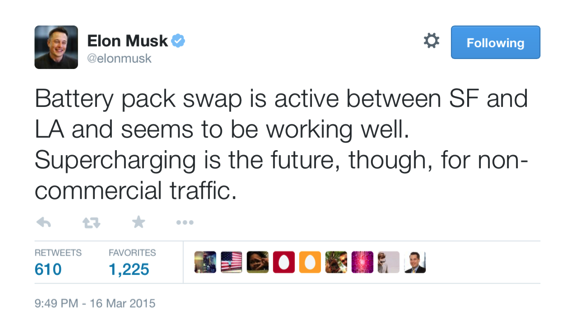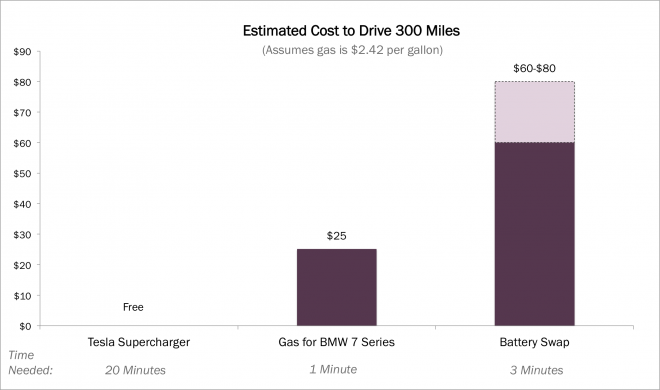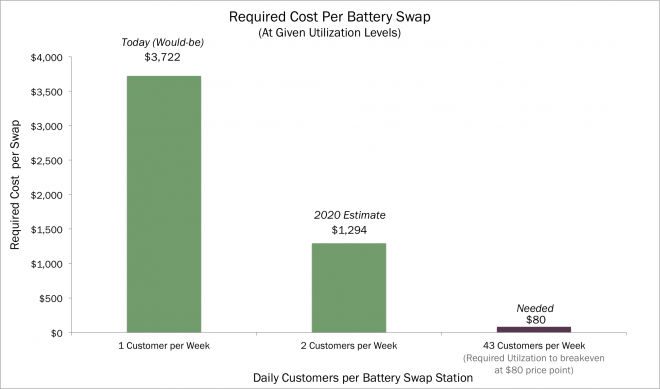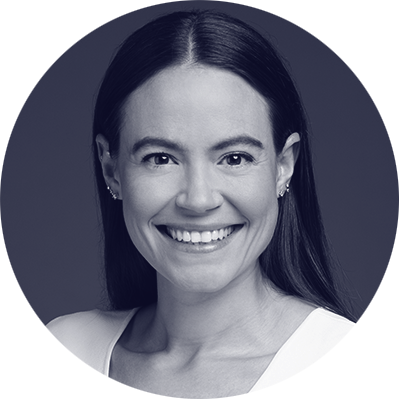
On Monday, March 16th, Elon Musk tweeted cryptically an update about the Tesla [TSLA] battery swaps [1] pilot program:

Perhaps Elon will explain what he means by non-commercial traffic in greater detail during his “end range anxiety” announcement on March 19th. Until then, the tweet could be a sign that Tesla will not roll out a nation-wide battery swap program, most likely because the program would prove to be unprofitable.
A battery pack swap typically takes three minutes, which is quicker than a 20 minute supercharge, and comparable to the amount of time it takes to fill a gasoline powered car.[2]
however, it also is much more expensive.[3]

An $80 charge does not cover Tesla’s cost. If battery swapping were an option at every supercharger station today, and if two percent of Tesla drivers [4] value their time enough to pay $80 per swap, saving the 17 minutes that a free supercharge would take, then each station would service only one swap customer per week. At this rate, it would cost about $3,722 per swap,[5] as shown below, and Tesla would lose roughly $3,600 per swap.

Realistically, battery swap costs will not decline significantly during the next five years, making the investment case difficult in the short run. As shown above, by 2020 the utilization of the battery swap stations could increase to about two swaps per station per week as Tesla’s installed base increases,[6] pushing the cost of the swap to roughly $1,300, still too expensive to make a profit.
If Tesla were to continue to price each swap at $80, every station would need more than 40 customers per week in order to earn an adequate return on capital. To reach that rate of utilization, other automakers would have to adopt both Tesla’s battery system and its swapping ecosystem, which would require substantial design changes. In addition, customers of non-luxury EV brands would be unlikely to pay the $80.
Indeed, Tesla’s Chief Technology Officer, JP Staubel, believes that charging times could approach five minutes at some point in the future, essentially eliminating the need for battery swapping. Very few drivers would pay $80 to save two minutes.
Given how unprofitable the battery swap network will be during the next five to ten years, Tesla must have an ulterior motive for planning and building out its pilot stations. The motivation could be zero emission vehicle (ZEV) credits.
California recently changed ZEV credit standards, specifying that cars must have long drive ranges and be able to charge in 15 minutes or less to qualify for ZEVs. At 20 minutes+, supercharger times fall outside this bound, while battery swaps only take three minutes. More important, ZEV credits are worth $3,000-4,000 when sold to other automakers.
Elon’s tweet stated that battery swaps may not make sense for “non-commercial traffic.” Perhaps battery swaps will be used at hubs for autonomous taxis or for short haul heavy trucks. Batteries in such commercial vehicles would degrade quickly if they were supercharged one or more times a day, while battery swaps would allow for slower charges for batteries on hand, extending their life. Is this what Elon Musk’s tweet meant? Tune in Thursday to find out.






